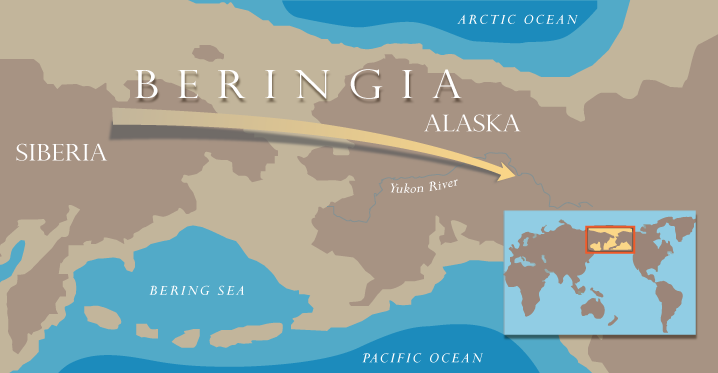According to Van Sertima’s hypothesis, the Nubian rulers of ancient Egypt (25th dynasty, 712–664 b.c.) organized an expedition with the help of the Phoenicians to obtain various commodities, including iron, from sources on the Atlantic coast of North Africa, Europe,and the British Isles during the late 8th or early 7th century b.c. This expedition allegedly sailed from the Nile Delta or the Levant across the Mediterranean, through the Pillars of Hercules, and down the Atlantic coast of North Africa, where it was caught in some current or storm that sent it across the Atlantic to the Americas. Following the prevailing wind and ocean currents, the expedition allegedly sailed or drifted westward from some unspecified location in the eastern Caribbean or the Bahamas to the Gulf Coast of Mexico, where it came into contact with the receptive but inferior Olmecs. According to the scenario at this point, the Olmecs presumably accepted the leaders of the Nubian/Egyptian expedition as their rulers (‘‘black warrior dynasts’’), and these individuals, in turn, created, inspired, or influenced the creation of the Olmec civilization, which in turn influenced Monte Alba´n, Teotihuacan, the Classic Maya, and all the other Mesoamerican civilizations that followed.



